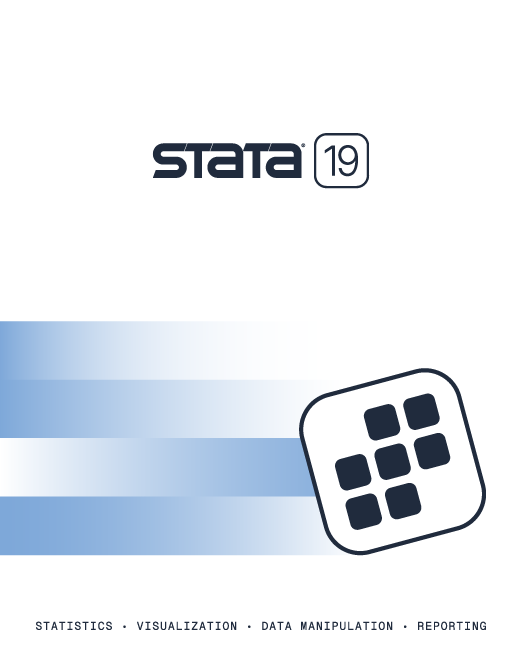



This course reviews methods for time-series analysis and shows how to perform the analysis using Stata. The course covers methods for data management, estimation, model selection, hypothesis testing, and interpretation. For univariate problems, the course covers autoregressive moving-average (ARMA) models, linear filters, unobserved components models, and autoregressive conditionally heteroskedastic (ARCH) models. For multivariate problems, the course covers vector autoregressive (VAR) models, state-space models, dynamic-factor models, and multivariate GARCH models. Exercises will supplement the lectures and Stata examples.
← Back to all classroom and web training courses
We offer a 15% discount for group enrollments of three or more participants
All prices USD.
Inform me of the next session ↓

Gustavo Sánchez
Director, Technical Services
Gustavo Sánchez is a Senior Econometrician and Director of the Technical Services department at StataCorp LLC. He has a master's degree in econometrics from Southampton University, UK, and he got his PhD in agricultural economics at Texas A&M University. Gustavo worked at the Central Bank of Venezuela, and he was a professor of econometrics at the Universidad Central de Venezuela.
Gustavo has been an instructor for a few time-series and panel-data courses using Stata. He taught a workshop on Bayesian analysis using Stata at the 2019 American Political Science Association (APSA), and he taught a course on Bayesian analysis using Stata at the 2020 ICSPR summer program. He has also given webinars on Bayesian analysis using Stata at a few Stata conferences. In October 2021, he gave a talk on Bayes VAR analysis using Stata at the Stata Mexican conference.
A quick review of the basic elements of time-series analysis
Managing and summarizing time-series data
Univariate models
Nonstationary univariate models
Introduction to forecasting in Stata
Multivariate models

“This course was great for learning the basics, and it would've shaved a month off my Ph.D. completion if I'd taken it two years ago!”
Arna Carlock, Ph.D.
Lead Research Associate, The Pew Charitable Trusts
Enrollment is limited.
Web-based training courses are four-day courses that run for three to four hours daily with hourly breaks. You will be provided with a temporary Stata license to install on your computer, a printed copy of the course notes, and all the course datasets so that you can easily follow along.
Classroom and web training FAQs →